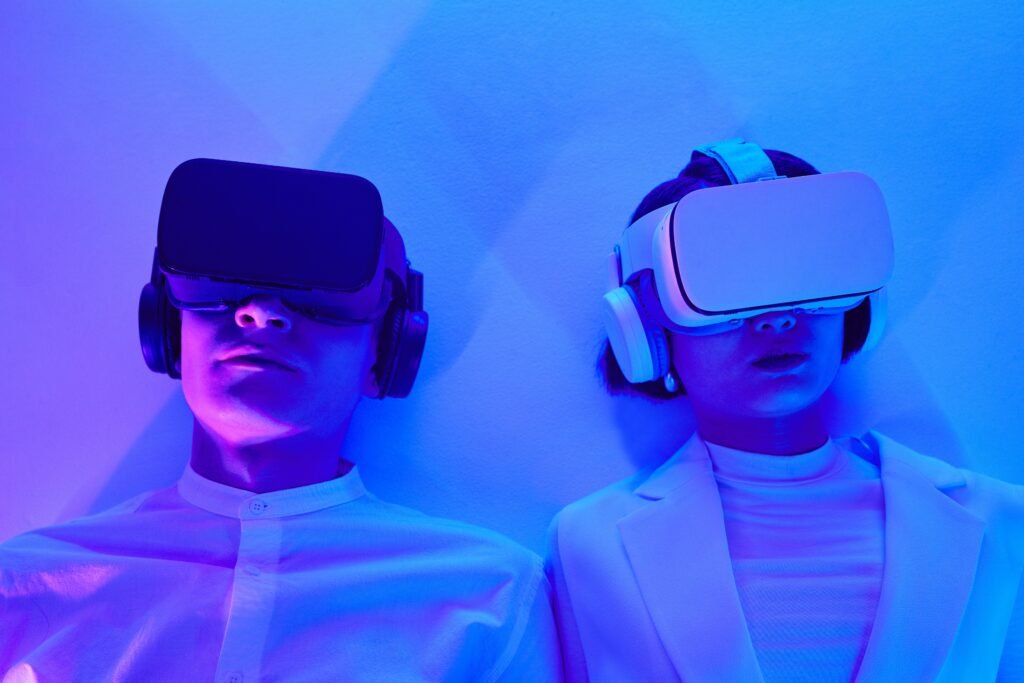3D Touch Screen Technology: The Future of Interactivity:

What is 3D Touch Screen Technology?
3D Touch screen technology is a feature that allows the screen to sense the amount of pressure applied by the user’s touch. Unlike traditional touch screens, which only detect whether or not a finger is touching the screen, 3D Touch screens can sense the force of the touch. This technology was first introduced by Apple in its iPhone 6s and 6s Plus models.
How does it work?
3D Touch screens work using a combination of hardware and software. The hardware includes a layer of pressure-sensitive sensors beneath the screen that can detect the force of the touch. The software then interprets this information and triggers different actions or responses depending on the level of pressure applied.
For example, on an iPhone, a light touch on an app icon will open the app, while a harder touch will bring up a menu of shortcuts. In some cases, the level of pressure can also control the speed and intensity of a particular action, such as scrolling through a web page or zooming in on a photo.
Benefits of 3D Touch Screen Technology
One of the main benefits of 3D Touch screen technology is that it provides a new level of interactivity and control. With traditional touch screens, there are only so many actions you can perform with a single touch. However, with 3D Touch, you can access a whole range of additional actions and features depending on the force of your touch.
Another benefit of 3D Touch is that it can save time and streamline the user experience. With shortcuts and quick actions accessible through a harder touch, users can perform common tasks more quickly and efficiently.
Additionally, 3D Touch can enhance the user interface by providing haptic feedback – a subtle vibration or response that gives users a tactile confirmation of their actions. This can provide a more immersive and engaging experience, particularly in gaming and virtual reality applications.
Limitations and Challenges
Despite its benefits, 3D Touch screen technology is not without its limitations and challenges. One of the main challenges is that it requires specialized hardware, which can increase the cost and complexity of devices. Additionally, because it is a relatively new technology, there is a limited number of apps and features that currently support 3D Touch.
Another challenge is that 3D Touch can be difficult to use for some people with certain disabilities, such as limited hand mobility or sensitivity. While accessibility features can help mitigate these issues, it is important for developers to consider the needs of all users when designing 3D Touch features.
The Future of 3D Touch Screen Technology
Despite these challenges, the future of 3D Touch screen technology looks bright. As more devices adopt this technology, and more developers create apps and features that support it, the possibilities for interaction and control are virtually limitless. Additionally, with advances in haptic feedback and other sensory technologies, 3D Touch is poised to become an even more immersive and engaging experience.
Conclusion
3D Touch screen technology is a game-changer for touch screen interactivity, offering a new level of control and efficiency. While it is not without its challenges, the benefits of 3D Touch are clear, and it is poised to become an essential feature in the devices of the future. As technology continues to evolve, so too will the way we interact with it, and 3D Touch is just the beginning.
10 uses of 3D Touch screen technology in mobile phones:

- Quick actions: Users can perform common tasks quickly and easily by applying different levels of pressure to the screen.
- Peek and pop: Users can preview content, such as emails and web pages, by pressing lightly on the screen. They can then press harder to “pop” into the content.
- Zoom in and out: Users can zoom in and out of images or text by pressing harder or lighter on the screen.
- Drawing and sketching: Artists and designers can use pressure sensitivity to create precise and detailed sketches on their mobile devices.
- Gaming: 3D Touch can enhance gaming experiences by providing pressure-sensitive controls and feedback.
- Camera controls: Users can adjust camera settings, such as focus and exposure, by applying varying levels of pressure to the screen.
- Keyboard shortcuts: 3D Touch can be used to access special characters and symbols on the keyboard.
- Editing: Users can edit and manipulate text and images more easily with pressure-sensitive controls.
- Navigation: Users can navigate through apps and menus more efficiently with pressure-sensitive gestures.
- Accessibility: 3D Touch can provide additional accessibility options for users with disabilities.
- Drawing and sketching: Artists and designers can use pressure sensitivity to create precise and detailed sketches on their devices.
- Video editing: Users can use pressure-sensitive controls to edit videos more efficiently and accurately.
- 3D modeling: 3D Touch can provide precise control over 3D models, making it easier to manipulate and edit them.
- Gaming: 3D Touch can enhance gaming experiences by providing pressure-sensitive controls and feedback.
- Virtual keyboard: Users can use a virtual keyboard with pressure-sensitive keys, allowing for more precise typing.
- Navigation: Users can navigate through applications and menus more efficiently with pressure-sensitive gestures.
- Image editing: Users can edit and manipulate images more easily with pressure-sensitive controls.
- Zoom in and out: Users can zoom in and out of images or text by pressing harder or lighter on the screen.
- Multitasking: 3D Touch can provide new ways to switch between apps and perform multitasking actions.
- Accessibility: 3D Touch can provide additional accessibility options for users with disabilities.
Augment Reality
Augmented Reality: Augmented reality (AR) is the integration of digital information with the user’s environment in real time. This technology has the potential to change the way we interact with the world around us, from gaming to education and more.
Enhanced learning: Augmented reality can be used to create immersive educational experiences that help learners better understand complex concepts. For example, medical students can use AR to practice surgeries, and engineering students can use AR to visualize complex designs

Augmented Reality Benefits in gaming Field
Increased immersion: AR can enhance the gaming experience by overlaying digital content onto the real world. This can make the game more immersive and engaging, allowing players to feel like they are a part of the game world.
Enhanced social interaction: AR can also enhance social interaction by allowing players to interact with each other in real-time, in the same physical location. This can create a more social and collaborative gaming experience.
Improved accessibility: AR can make gaming more accessible to people with disabilities by allowing them to interact with the game in a more natural and intuitive way.

4 ) Increased learning potential: AR can also be used as an educational tool by providing players with real-time information about the game world. This can help players learn about different subjects while they play.
5) New gameplay mechanics: AR can introduce new gameplay mechanics that are not possible in traditional games. For example, players can use their physical environment as part of the game world, creating new challenges and opportunities for gameplay.


